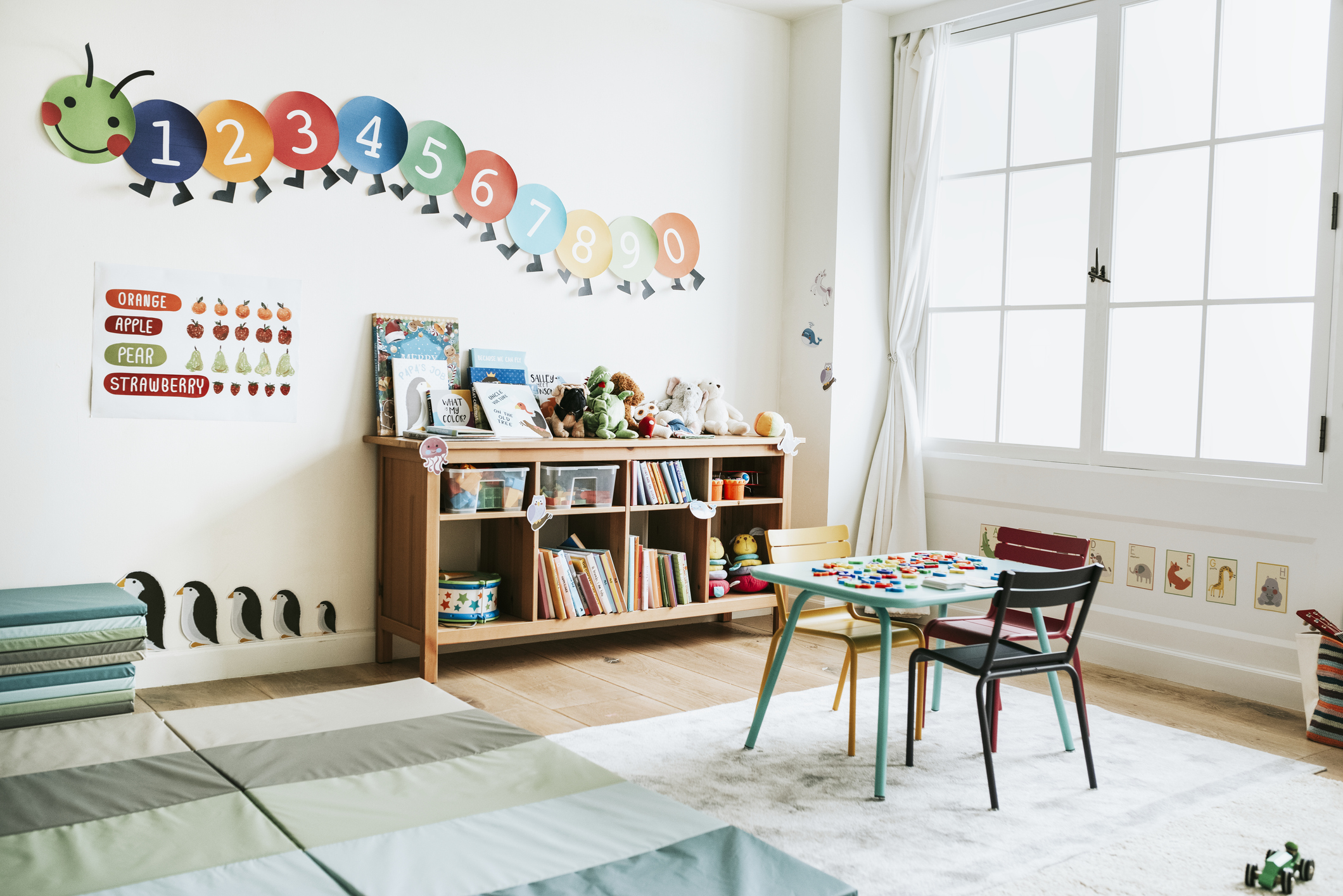
August 24, 2022
7 Things To Know Before Starting Daycare in Japan
A guide to surviving daycare in Japan
Parenting is tough. Parenting abroad is even tougher. With a language that isn’t native to us and in a place where we may not have our family together with us, it is even more difficult, especially for first-time parents.
Before I became a parent, my husband and I never really did think about things like – the exits closest to an elevator in subways, the location of the nearest park and the availability of child seats in restaurants and diaper changing areas. After we became parents, these were all we could think of when going outside with our daughter. A few months after exploring outside with our baby made us realize how Japan has thoughtfully created various child-friendly spaces that can be used regardless of one’s language ability.
So, when it was time to send our daughter to hoikuen (daycare center), our expectations were high. True to our expectations, we were quite happy with our daughter’s hoikuen. However, for hoikuens to give great services, I have realized that the cooperation of parents is equally essential. So here are the 7 things a parent should know before joining a daycare center in Japan.
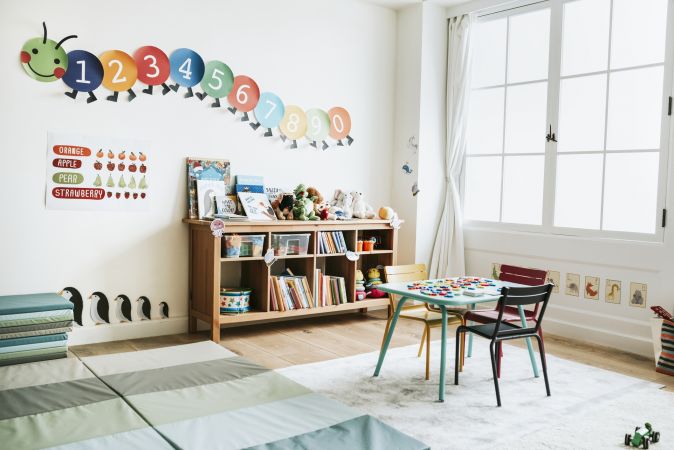
1. Narashihoiku (getting used to hoikuen): “Narashi” refers to getting used to. It takes some time for babies to get used to the daycare center. So narashihoiku is a service provided by hoikuens (applicable across the country) where they take care of babies a few hours at a time. Generally, it begins with the start of the new term in April and ends in mid-May (it is usually two weeks long; the correct time differs across cities). During the first one or two days, parents are told to come an hour later after putting their baby to hoikuen. Eventually, the hours will increase and the baby will start having midday snacks, lunch, day-time nap and afternoon snacks at the hoikuen. It took my daughter about two weeks to get used to the hoikuen and about a month to not cry when we left her there. Since you will not be working during narashihoiku, you can use this time to just chill or prepare for getting back to work or network with other parents.
2. Clothes, clothes, clothes: Expect lots of changes in clothes. Babies are messy eaters and depending on hoikuens, they will change a lot of clothes. You are expected to keep at least three sets of clothes as spare in hoikuen. Some hoikuens also proactively allow sand play and mud play and there will be clothes to wash. There are also certain rules on clothes. Tops with buttons are usually not allowed since these are difficult to put on/remove. Hoikuens promote independence by teaching children how to wear clothes by themselves so clothes that are easy to wear and remove are preferred. Clothes with glitters, some designs protruding out, hooded jackets and sweatshirts are also prohibited since other children might pull these and cause accidents. Skirts and dresses for girls are also discouraged as a child might topple over on them.
3. Spare wipes and aprons: You will also need a spare set of oshiboris (a small wet hand towel; no need to wet it) and aprons. Generally, hoikuens use three sets of wipes and aprons in a day and return them at the end of the day. You are expected to send three fresh sets the next day. At first, I only had three of each but sometimes they didn’t dry, sometimes I forgot and on some days I was too tired from work to wash them. Thus crazy as it may sound, your life will get a lot less complicated if you have spare wipes and aprons. Depending on the hoikuen, you might also be asked to get spare shoes, bibs, and bags to put the cups in (yes, they have a cup bag too).
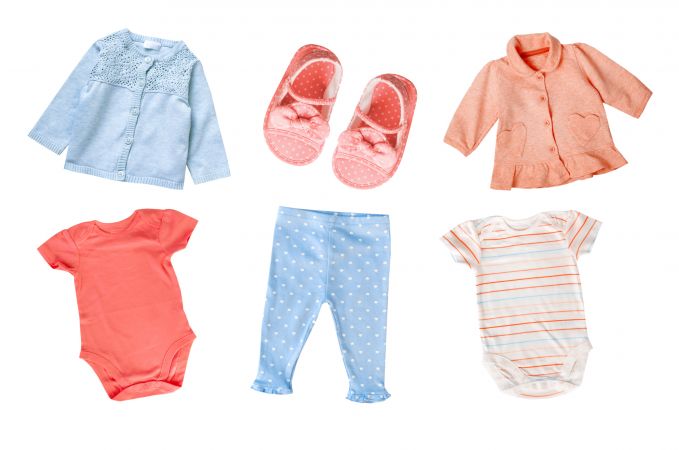
3. Communication: Get ready to communicate with the hoikuen in Japanese. Hoikuens have a renrakucho (diary) where they write what your baby did and how she ate, slept, pooped and played during the day. Parents are also expected to write on it every day. Depending on the hoikuen, there is also a place to write your baby’s body temperature every morning.
5. Labels: One thing hoikuens will ask you to do relentlessly is to make sure you label everything – even diapers! So prepare yourself to write your baby’s name on all of their belongings. Some parents have a stamp with their baby’s name engraved to make this task easier.
6. Meal Plan: At the beginning, during the setsumeikai (briefing session) by our hoikuen, we were given a list of foods, herbs and spices used to prepare food. We were told to introduce these foods to our babies and report any allergies. I had pretty much covered most of the food by the time she was one year old but there were some left out — hotate (scallops), gobou (burdock) and renkon (lotus roots). At the start of each month, you will also receive a meal plan where you can see what your baby will eat each day.
7. Sick leaves: No baby escapes getting sick at the initial stage of hoikuen. So be prepared to save your paid leaves to take care of your baby when they are sick. Hoikuens can call you in the middle of the day if your baby develops a fever. If the body temperature exceeds 37.5 degrees, you are expected to rest them for 24 hours from the onset of fever, which means you may need to take a day off at work.
Sending your baby to hoikuen also means getting back to your work after maternity and child care leave. There is going to be a big change in your family’s schedule as well as your personal and professional life. So knowing how to survive daycare in Japan and getting mentally prepared for it will make your life a lot easier. Good luck!
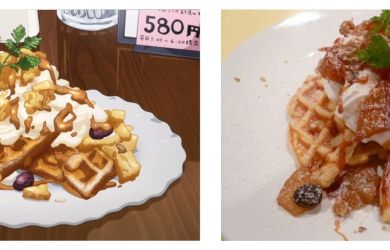

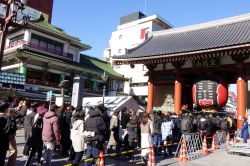
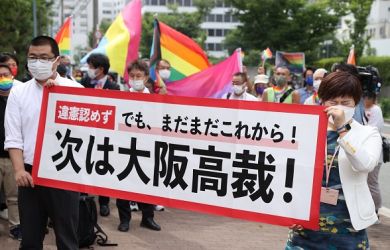
①_Panoramic-ViewDay1-Medium-390x250.jpeg)
